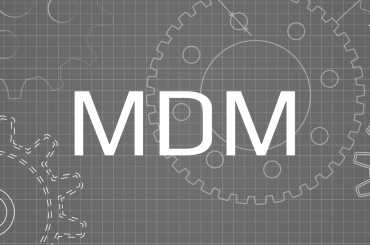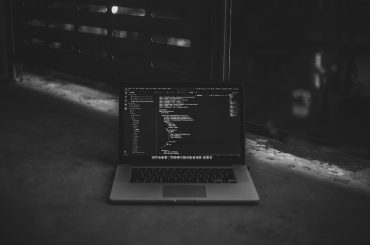COVID-19 took the world by storm and changed the way we see this world. Humans are confined within the walls of their homes with little to no interaction. As a result, the working conditions changed as well and employees had to adapt the best possible practices when working remotely to extract maximum results from their work.
But, businesses now face a higher risk of cybersecurity threats as a vast number of remote working employees have no protection from the company’s in-house IT security systems. For a variety of tasks, staff would use their device: linking to the company servers, accessing online accounts, dependence on email, and messaging networks to establish contact with their team.
So, to help you revise your cybersecurity strategies, and work securely here are a few best practices to maximize data security and prevent information from falling into the wrong hands while working remotely or from home.
1. Avoid Public WiFi services and use a professional and secured VPN service
People often tend to use public WiFi when working remotely. Public WiFi can have majorly two problems. Firstly, there is no firewall between you and other people connected to the same network which can give access to threat actors. Secondly, to secure the data transfer, it needs encryption before sending it.
If you have to work on public WiFi, you should use a VPN. It protects your traffic and provides a flexible connection to connect to different services.
2. Always keep work data on work computers
It is not safe to use a personal computer for work information. It puts the company networks and yourself at risk. Also, it can cause extensive corporate damage, and you become potentially responsible for it through violations of policy and practices.
While working remotely or from home, precautions like using your work computer, secure WiFi, a VPN, encrypted drives, anti-virus, and endpoint protection should be taken.
3. Encrypt Sensitive Data in Emails
When working remotely or from home, emails become the only source of communication. But sending emails with sensitive information can be risky as it can be accessed by an intruder. So, make sure that you always encrypt the data attached to an email. This ultimately prevents any unintended recipient from viewing the information.
4. Outsource to cloud-based services
All the necessary software, apps, and online services can be integrated into one single computation environment with the help of a cloud-based IT solution.
It becomes easier for employees to update and edit the data if data storage is at a unique location. Employees won’t have to rely on multiple third-party software. Cloud-based services are the most effective solution to reduce network vulnerabilities when working remotely.
5. Train employees on security risks
Data breaches are often caused by human mistakes. When the employees are working remotely or from home, the IT team will have to build new guidelines focusing on online threats.
Train and educate your staff about cyber attacks and their signs. For instance, slowing down of the computer, unusual pop-ups appearing on screen, or losing control of the mouse or keyboard. Provide employees with clear guidelines on what can and cannot be shared.
6. Use a Mobile Device Management solution
An MDM solution provides enterprises with the ability to manage and track smartphones, laptops, or tablets and to ensure that each system is complying with company protocols.
For configuring configuration, upgrading operating systems, downloading applications, and collecting location data, employees can have direct access to each device.
This solution aims to ensure that while working remotely no unapproved applications are used that may damage the data stored in the device.
Also read Industry Revolution 4.0
Get your website and apps designed and developed by us.





